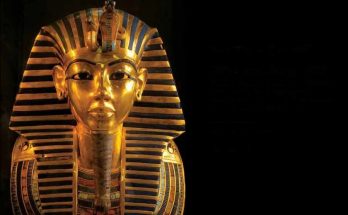It seems that for the first century or so of Arab culture in Al-Andalus, qiyān were brought west after being trained in Medina or Baghdad, or were trained by artists from the east. It seems that by the eleventh century, with the collapse of the Umayyad Caliphate, qiyān tended to be trained in Cordoba rather than imported after training. It seems that while female singers still existed, enslaved ones were no longer found in Al-Andalus in the fourteenth century CE.
Qiyān (Arabic: قِيان; singular qayna, Arabic: قَينة) were a social class of non-free women, trained as entertainers, which existed in the pre-modern Islamicate world. It has been suggested that ‘the geisha of Japan are perhaps the most comparable form of socially institutionalized female companionship and entertainment for male patrons, although, of course, the differences are also myriad’.
Qiyān is often rendered in English as ‘singing girls’ or ‘singing slave girls’, but these translations do not reflect the fact that qiyān might be of any age, and were skilled entertainers whose training extended well beyond singing, including for example composing music and verse, reciting historical or literary anecdotes (akhbar), calligraphy, or shadow-puppetry. The translation courtesan is sometimes preferred.
In Classical Arabic terminology, qiyān were a subset of jawāri (female slaves, جَوار; s. jāriya, جارِية), and often more specifically a subset of imā (slave girls, اِماء;. ama, اَمة). Qiyān are thus at times referred to as imā shawā‘ir (slave-girl poets, اِماء شَوَاعِر) or as mughanniyāt (songstresses, مُغَنِّيات; s. mughanniyyah, مغنية).
The term originates as a feminine form of pre-Islamic qayn (قين), whose meaning was ‘blacksmith, craftsman’. The meaning of qayn extended to include manual labourers generally, and then focused more specifically on people paid for their work, and then more specifically again ‘to anyone engaged in an artistic performance for reward’. From here, its feminine form came to have the sense discussed in this article.
In recent decades more and more musical ensembles have begun performing “historicised” versions of medieval Arabo-Andalusian music. The impulse to produce such re-creations of medieval musical practices has come almost entirely from Western musicians and scholars influenced by the aesthetics of the European Early Music movement, rather than from Arab musicians.
The historical resources available as the basis of such performances, however, are very different from those used in the re-creation of European Early Music. This article surveys the extant historical resources, offers a brief history of this new “medieval” style of performance of Arabo-Andalusian music, and provides descriptions and critiques of selected recordings.
Views: 464



